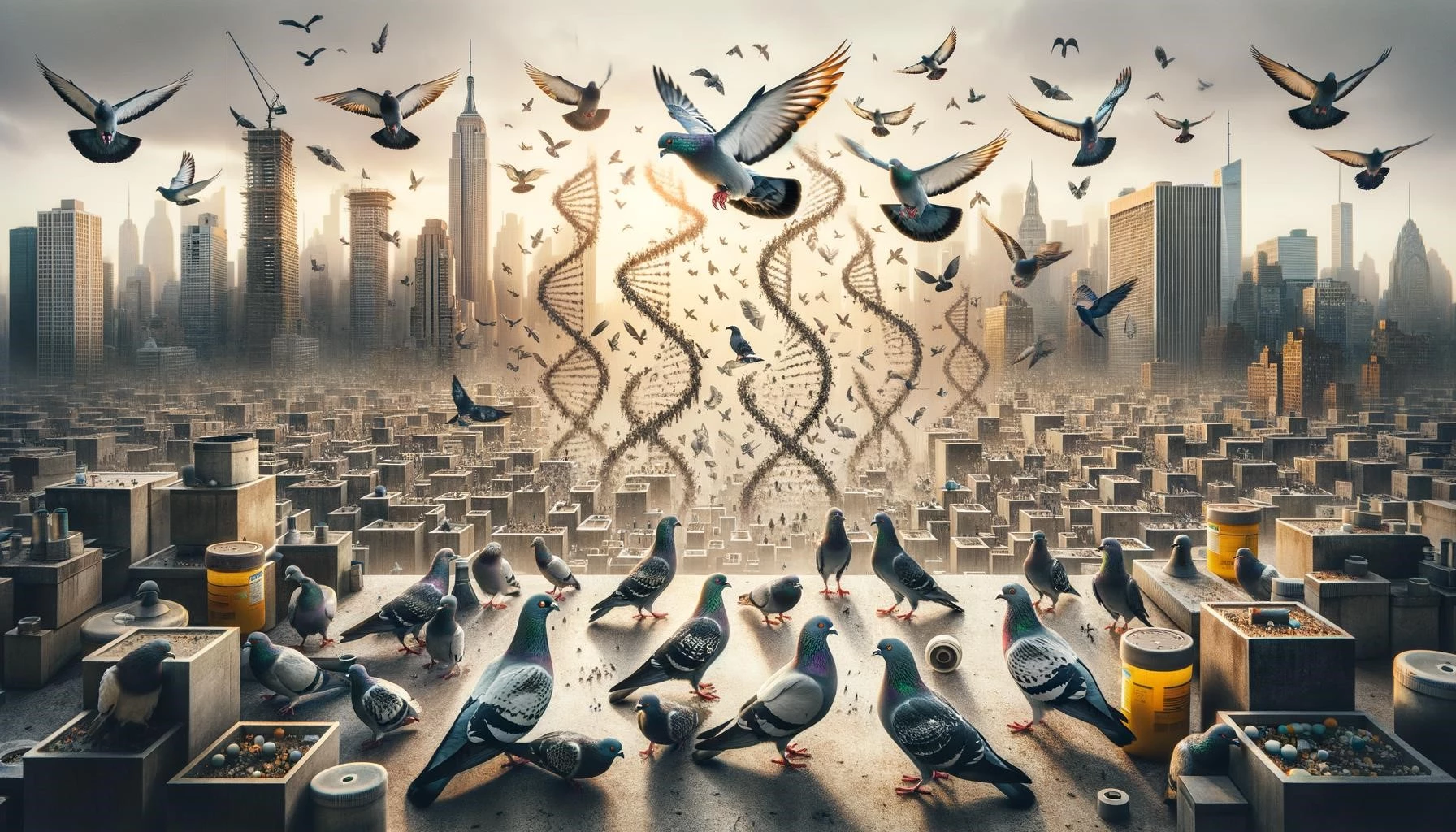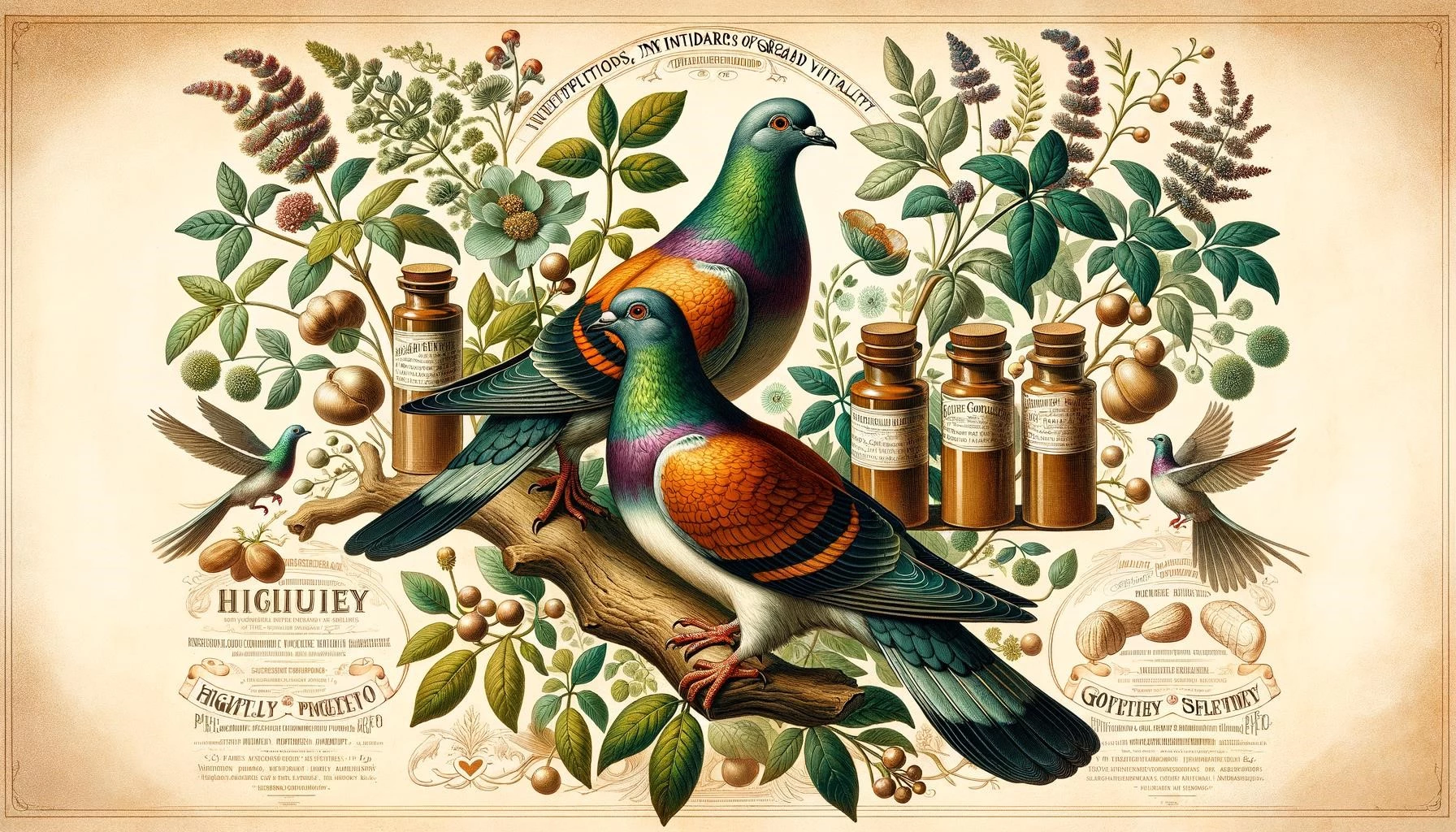Highflyer pigeons are a unique breed that is known for their exceptional flying abilities. They are capable of soaring to incredible heights and have been bred specifically for this purpose. In addition to their impressive flying skills, highflyer pigeons also play a role in the ecology of their environment. This article explores the fascinating world of highflyer pigeons and their interactions with the ecosystem around them.
Key Takeaways
- Highflyer pigeons are a breed known for their exceptional flying abilities and the ability to soar to great heights.
- Highflyer pigeons play a role in the ecology of their environment, serving as primary consumers and important food sources for birds of prey.
- There is limited research on the interplay between highflyer pigeons, their environment, and their genetic traits.
The Characteristics of Highflyer Pigeons
Highflyer pigeons are a breed of domestic pigeons that have been selectively bred for their exceptional flying abilities. They are known for their ability to fly to great heights and stay in the air for extended periods of time. This unique trait sets them apart from other pigeon breeds and makes them highly sought after by pigeon enthusiasts.
Highflyer pigeons have several physical characteristics that contribute to their remarkable flying abilities. They have a streamlined body shape, with long, narrow wings and a long tail. This body shape allows them to maneuver through the air with great agility and efficiency. They also have strong flight muscles and a high metabolic rate, which enables them to generate the energy required for long flights.
In addition to their physical characteristics, highflyer pigeons possess unique genetic traits that contribute to their flying abilities. However, there is limited research on the genetic factors influencing their performance and endurance.
Highflyer Pigeons and Ecology
Highflyer pigeons not only possess remarkable flying abilities but also play a role in the ecology of their environment. As primary consumers, they feed on seeds, grains, and other plant matter. Their feeding habits contribute to the dispersal of seeds, aiding in the reproduction and distribution of plants.
Furthermore, highflyer pigeons are an important food source for birds of prey, such as hawks and falcons. Their population can support substantial predation, providing sustenance for these predators and contributing to the balance of the ecosystem.
It is worth noting that there is limited research on the specific ecological impacts and interactions of highflyer pigeons. Further studies are needed to better understand their role in the ecosystem and the broader ecological implications of their presence.
Conservation and Preservation of Highflyer Pigeons
Due to their unique flying abilities and cultural significance, highflyer pigeons are highly valued by pigeon enthusiasts around the world. However, like many other pigeon breeds, highflyer pigeons face threats to their population and genetic diversity.
Conservation efforts are important to preserve the genetic traits and unique characteristics of highflyer pigeons. This includes maintaining suitable habitats and ensuring adequate food sources for their survival. Additionally, genetic diversity should be carefully managed to prevent inbreeding and maintain the health and viability of the population.
Overall, the conservation and preservation of highflyer pigeons are essential not only to maintain the breed itself but also to preserve the ecological interactions and impacts they have on their environment.
Conclusion
Highflyer pigeons are an extraordinary breed known for their exceptional flying abilities. They not only possess unique physical and genetic traits that contribute to their flying prowess but also play a role in the ecology of their environment. As primary consumers and food sources for birds of prey, they contribute to the balance of the ecosystem. However, further research is needed to fully understand their ecological impacts and interactions. Conservation efforts are crucial to preserve the genetic diversity and unique characteristics of highflyer pigeons for future generations to appreciate and enjoy.









